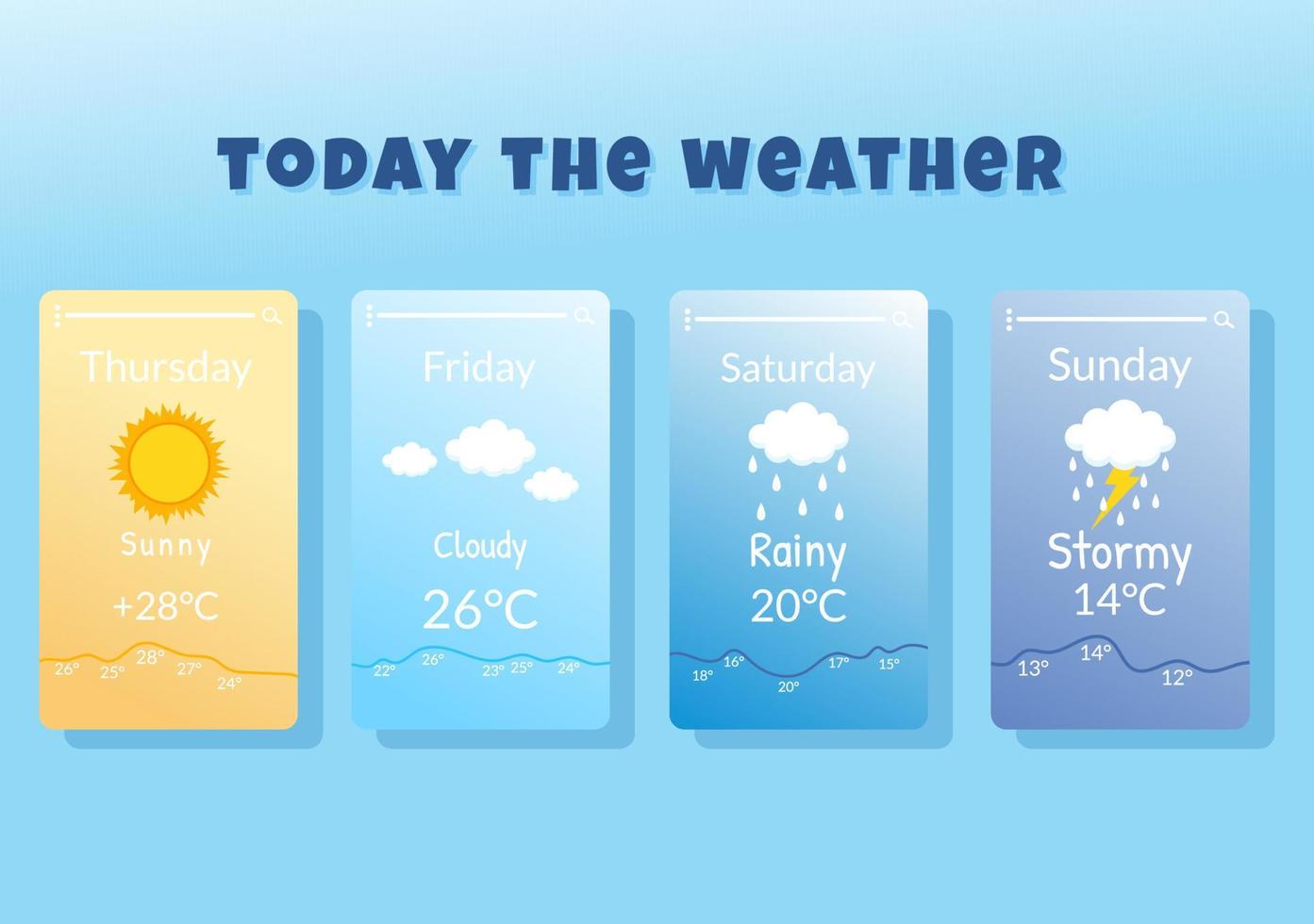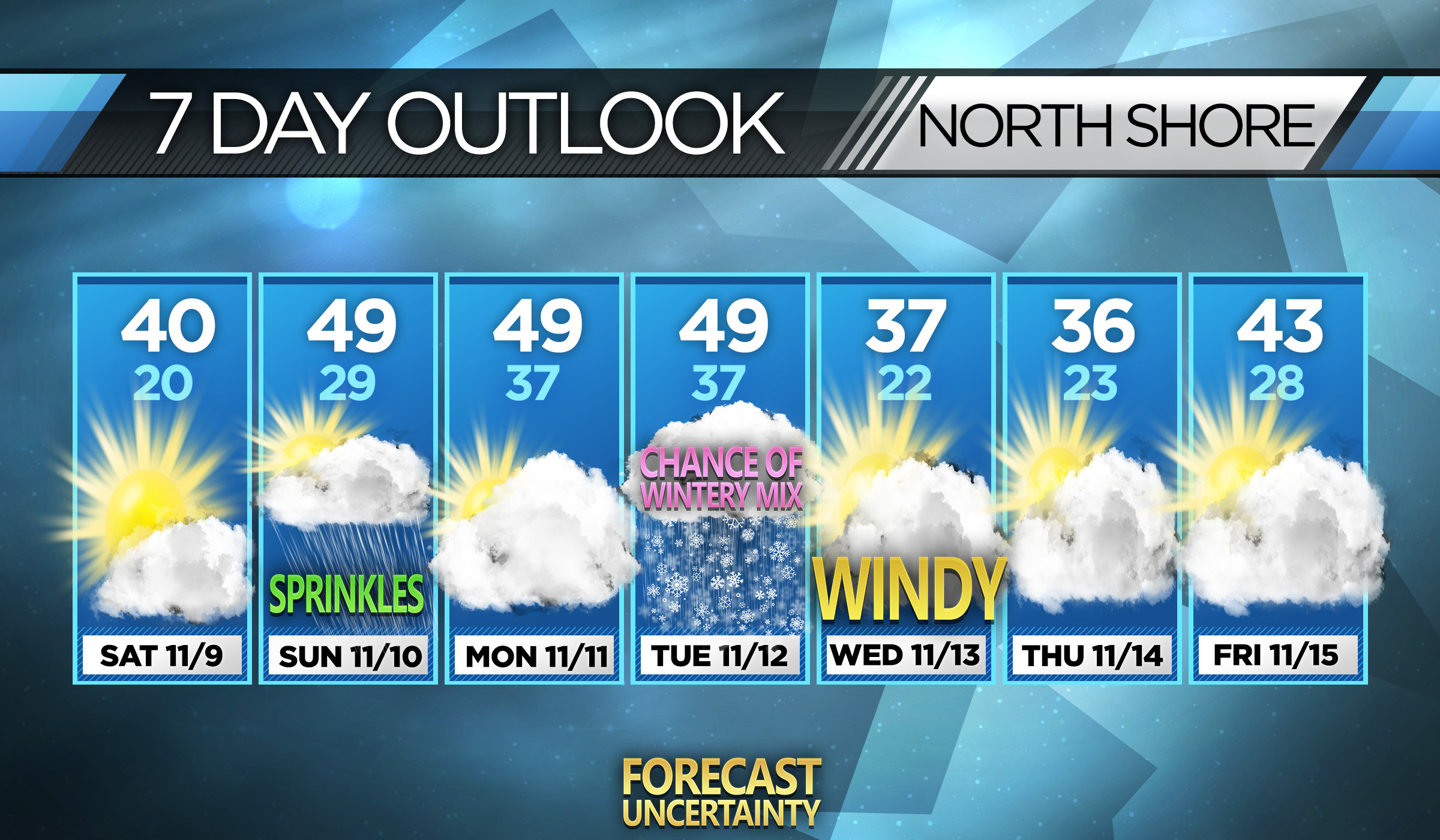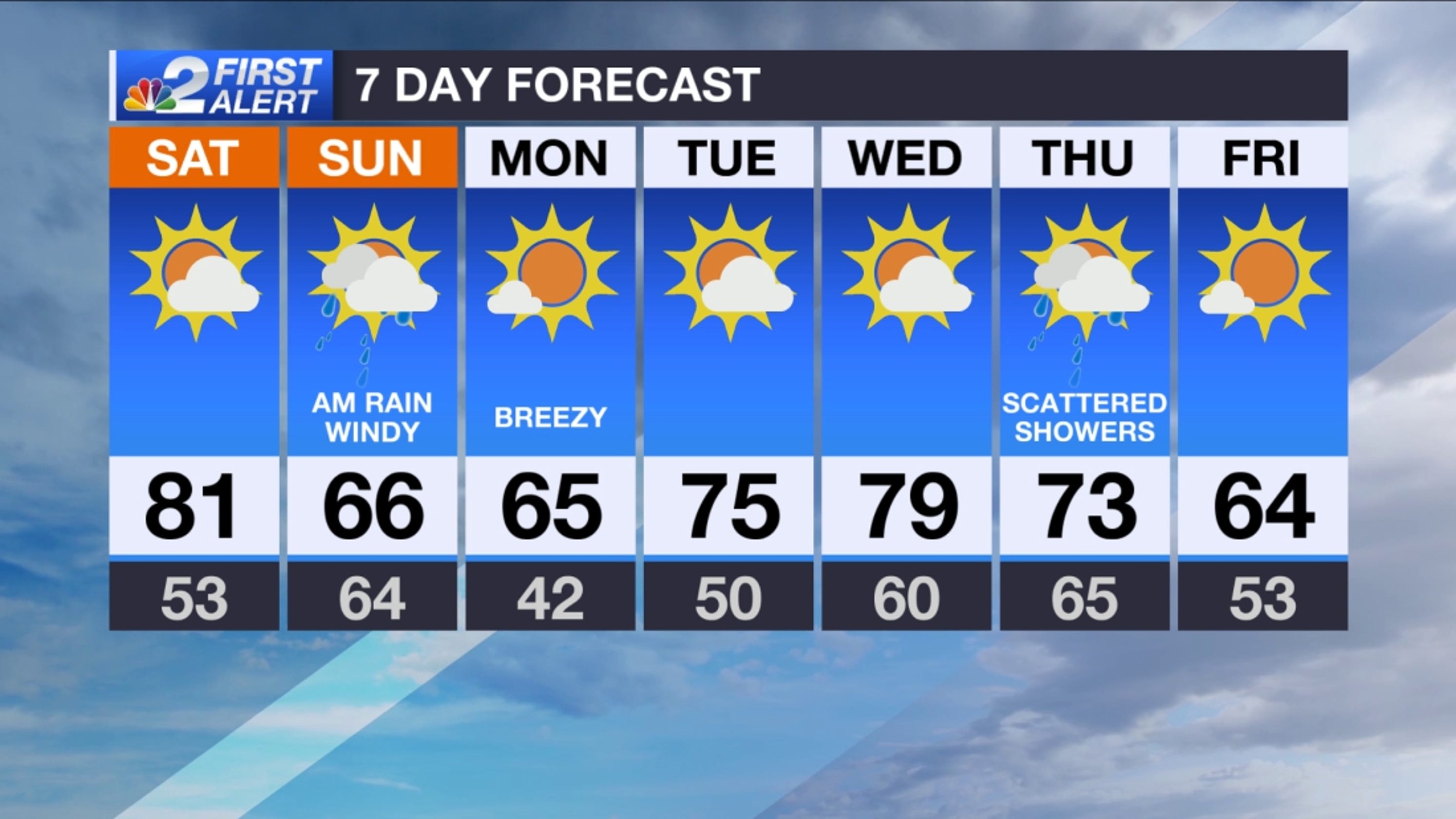Weather Forecast For MLB Games - A Fan's Guide
For anyone who loves baseball, the weather is, you know, a really big deal. It influences everything from how a ball flies through the air to whether a game even happens. A sudden downpour can stop play, and strong winds can turn a routine fly ball into a home run or a harmless pop-up into an out. So, keeping an eye on what the sky is doing is pretty much part of the experience for players, coaches, and folks watching from the stands or at home.
Knowing what the sky might bring helps everyone involved. It helps teams plan, fans decide what to wear, and broadcasters talk about what might happen next. Accurate predictions, you see, are more than just a nice-to-have; they are a key piece of the puzzle for a smooth game day. It is, in a way, about being ready for whatever Mother Nature decides to throw at the field.
This piece will talk about how knowing what the sky is doing plays a big part in baseball. We will look at how teams and fans get their information, what different sky conditions mean for play, and some of the tools people use to stay on top of things. You will get a better sense of why the conditions outside are so often a topic of discussion when folks gather to watch a ballgame.
- Exploring The Kim Kardashian And Eminem Relationship A Comprehensive Overview
- Eminem Age A Deep Dive Into The Life Of Marshall Mathers
- Exploring The Life And Legacy Of Gibson Makhanda
- Maui Chapman A Comprehensive Insight Into Her Life And Legacy
- Lina Lardi The Journey Of A Multitalented Influencer
Table of Contents
- Why Does the Weather Matter for Baseball?
- Real-Time Insights - What Radar Tells Us
- Beyond the Immediate - Looking Ahead for MLB Games
- The Human Element - How Temperature Affects Play
- When the Sky Gets Serious - Handling Tough Conditions
- The Quest for Accuracy - Making Sense of Weather Data
- The Game Day Weather Rundown - What to Look For
- Bringing It All Together - Your Weather Forecast for MLB Games Summary
Why Does the Weather Matter for Baseball?
Baseball, unlike some other sports, is truly at the mercy of the elements. A game played outside means that whatever the sky decides to do can change things quite a bit. You see, a simple shift in wind direction or a sudden drop in temperature can make a huge difference in how the ball moves or how comfortable the players feel. It is not just about rainouts, though those are a big part of it. It is about how every little detail of the conditions outside shapes the contest itself. A calm, warm evening is one thing, but a chilly, gusty day is quite another. Players, coaches, and even the folks in the stands are always checking their phones for the latest information. This is because knowing what is coming can help them prepare, or perhaps, just manage their expectations for the day's play.
How Rain and Wind Shape the Game - Weather Forecast for MLB Games
When it comes to the conditions outside, rain is probably the most obvious factor that can stop a game. A little drizzle might be okay, but any real amount of water falling from the sky means the field gets too slick, and the game has to pause or even be called off. This can mean delays, doubleheaders, or even games being moved to a different city. So, a good weather forecast for MLB games is really important for scheduling. But it is not just about water. Wind, for example, plays a huge part in how the ball travels. A strong gust blowing out towards the fences can turn a regular hit into a home run, while a wind blowing in can keep a towering fly ball inside the park. Pitchers have to adjust their throws, and fielders need to be ready for balls that might drift unexpectedly. It is, you know, a constant challenge for everyone on the field. The direction and strength of the air currents can, more or less, change the entire strategy of a game.
Real-Time Insights - What Radar Tells Us
When you are trying to figure out if a game will be affected by rain, or if a delay might happen, one of the best tools to look at is the radar. This technology shows where water is falling from the sky right now, and where it is headed. It is like having a real-time map of the wet stuff. You can see big storms moving in, or just small showers passing by. This kind of visual information is, you know, super helpful for teams and stadium staff. They can watch the screen and make calls about when to cover the field, or if they need to tell fans to seek shelter. For fans, it means you can check your phone and see if that dark cloud on the horizon is actually going to reach the ballpark before the first pitch. It is, pretty much, a must-have for anyone concerned about the sky.
- Is Tami Roman Still Married In 2024 A Deep Dive Into Her Relationship Status
- Matthew Beard Is He Gay
- Quiero Agua Seegore Understanding The Importance Of Water In Our Lives
- Exploring The Life Of Thomas Beaudoin Insights Into His Wife And Family
- Joe Cole The Life And Love Of An Actor His Wife And Family
Tracking Precipitation with Weather Forecast for MLB Games
The ability to track water falling from the sky with radar is, essentially, a big step up from just looking out the window. Weather websites and apps often show a radar picture that updates very quickly. This allows folks to see if a band of rain is moving towards the ballpark, how fast it is going, and how much water it might drop. For a weather forecast for MLB games, this means stadium officials can make quick choices about when to pull the tarp over the field. They can also decide if a game needs to be put on hold, or if it is better to call it off entirely. Fans can use this same information to decide if they should leave early, or if they have time to grab another hot dog before the rain starts. It is, quite simply, a way to see the immediate future of the sky above the field. This kind of precise, moment-by-moment data helps everyone involved make better plans.
Beyond the Immediate - Looking Ahead for MLB Games
While knowing what is happening right now with the sky is important, thinking about what might happen days or even weeks from now is also a big part of planning for baseball. Teams travel a lot, and they need to know what kind of conditions they might face in other cities. This involves looking at forecasts that stretch out over a longer period. These longer-term predictions help with things like travel plans, deciding which pitchers might be best suited for certain conditions, or even just what kind of gear to pack. It is, basically, about trying to get a general idea of what the sky will be doing down the road, even if the details are a bit fuzzy. These predictions are, you know, not always perfect, but they offer a valuable glimpse into the future.
What About Long-Range Weather Forecast for MLB Games?
When we talk about a long-range weather forecast for MLB games, we are looking at predictions that go out for a week, ten days, or even two weeks. These types of predictions are not as precise as the hourly ones, but they give a general idea of trends. For instance, they might suggest a stretch of warm days, or a period where there is a higher chance of rain. This kind of information is, really, helpful for teams planning out a road trip or a long homestand. They can get a sense of what the general sky conditions will be like for a whole series. While you cannot rely on them for exact timing of a shower, they are good for understanding the overall pattern. So, you know, if a team is going to a place known for being hot and humid, the long-range prediction can give them a heads-up to prepare for that.
The Human Element - How Temperature Affects Play
The temperature outside has a direct impact on the players and the ball itself. On a very hot day, players can get tired more quickly. They might need more breaks, and their performance can drop off a bit. Cold weather, on the other hand, can make it harder for pitchers to grip the ball and for hitters to swing freely. The ball also behaves differently in various temperatures. In warmer air, the ball tends to fly farther because the air is less dense. In colder air, it does not travel as far. So, you see, the temperature is not just about comfort; it is about how the game is actually played. It is, essentially, a subtle but powerful factor in every contest.
Does Humidity Impact Weather Forecast for MLB Games?
Yes, humidity, which is the amount of water vapor in the air, absolutely plays a role in a weather forecast for MLB games. Just like temperature, it affects how the ball moves and how players feel. When the air is very humid, it is denser, which means the ball might not travel quite as far as it would on a dry day. This is a subtle effect, but for professional players, every little bit counts. More importantly, high humidity combined with high temperatures can make it feel much hotter than the actual temperature reading. This "feels like" temperature is what really matters for player comfort and their ability to perform at their best. Players can get dehydrated more quickly, and their energy levels might drop. So, for those on the field, knowing the humidity levels is, pretty much, as important as knowing the actual temperature.
When the Sky Gets Serious - Handling Tough Conditions
Sometimes, the sky brings more than just a little rain or wind. There can be really rough conditions, like strong thunderstorms with lightning, or even the chance of a tropical system forming. These kinds of situations require serious attention because they can be dangerous. For baseball, this means that games might be called off well in advance, or delayed for a very long time. Safety for everyone at the ballpark, you know, is the top concern. Weather services keep a close eye on these bigger systems, providing warnings and updates that help teams make decisions. Even if a tropical system does not fully form, it can still bring a lot of water and strong winds, which would definitely put a stop to any outdoor game. It is, basically, about being prepared for the worst the sky can offer.
The Quest for Accuracy - Making Sense of Weather Data
Getting the weather prediction right is, honestly, a tricky business. Weather services gather huge amounts of information from all over the place – satellites, sensors on the ground, balloons in the sky. They use complex computer programs to try and figure out what is going to happen next. But even with all that, the sky can be unpredictable. There are times when a sudden shift occurs, or a storm forms where it was not expected. This is why people are always trying to make the predictions better, to make them more accurate and reliable. Just like some folks want the most realistic weather for their flight simulators, baseball fans and teams want the most real picture of what the sky will be doing. It is, in a way, a constant effort to get things as close to perfect as possible.
Can We Really Trust Every Weather Forecast for MLB Games?
It is fair to ask if you can truly trust every weather forecast for MLB games you see. The simple answer is, you know, mostly yes, but with a little bit of caution. Weather predictions have gotten much better over the years, especially for the short term. For the next few hours or even the next day, they are usually quite reliable. However, as you look further out, say for a week or two, the predictions become less certain. Small changes in the atmosphere can lead to big differences in what actually happens. So, while you can use the forecasts to get a good idea of what to expect, it is always a good idea to check for updates, especially as game time gets closer. Sometimes, even the best tools can have a moment where they do not quite get it right. It is, pretty much, about staying updated.
The Game Day Weather Rundown - What to Look For
When game day arrives, there are a few key things to look for in the weather prediction. First, check the chance of water falling from the sky, especially during game hours. If there is a high chance, be ready for delays or even a game being called off. Next, look at the temperature and how it feels. Will it be hot and muggy, or cool and crisp? This affects player comfort and what you should wear. Then, pay attention to the wind direction and strength. Is it blowing out towards the outfield, which could mean more home runs, or blowing in, which might keep balls in the park? Finally, check for any alerts about really rough conditions, like thunderstorms. Knowing these things helps you get ready for the game, whether you are at the stadium or watching from home. It is, basically, about getting the full picture of the sky.
Bringing It All Together - Your Weather Forecast for MLB Games Summary
This article has explored how the conditions outside are a really big part of baseball. We talked about how rain and wind can change a game, and how radar helps us see water falling from the sky in real time. We also looked at the importance of long-range predictions for planning, and how temperature and humidity affect players and the ball. We touched on the need to be ready for really rough conditions and how getting accurate predictions is a constant effort. The main idea is that staying informed about the weather forecast for MLB games is key for everyone who loves the sport, from the teams on the field to the fans in the stands.
- Shameera Aitchison A Comprehensive Look At The Life And Career Of A Rising Star
- Exploring The Life Of Chris Carrabbas Wife A Deep Dive Into Their Relationship
- Crown Prince Of Saudi Arabias Wife A Comprehensive Look
- Jason Luv Profession A Deep Dive Into His Career Journey
- Cleonice Rossi Martinelli A Comprehensive Exploration Of Her Life And Achievements

Weather Types

Weather Forecast

SW FL Weather Forecast: Warm today, chilly and rainy tomorrow